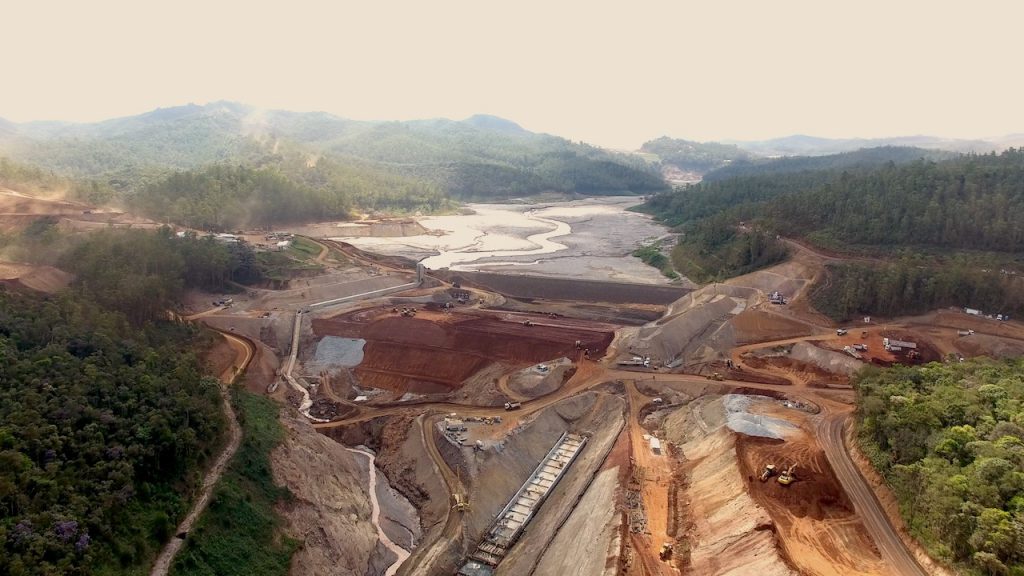Australia’s struggling unemployed GEOs ask for visa crackdown to protect jobs
The high rate of unemployment among the geoscientists responsible for Australia’s ongoing mineral wealth discoveries has led to an implored plea to the Federal Government to protect local jobs with a tightening of 457 Visa eligibility requirements for overseas geos.
The sector’s professional institute, The Australian Institute of Geoscientists (AIG), has written in recent days to Immigration and Border Protection Minister, Mr Peter Dutton, MP, seeking the inclusion of geoscientists in the list of professions that are not exempt from Labour Market Testing (LMT) under the 457 Visa program.
The AIG says LMT may be required for 457 visa applications for a wide range of professions, trades and other occupations, from nurses and many health care professionals, civil, structural and mechanical engineers to motor mechanics, auto electricians, farriers, greenkeepers, butchers, jewellers, stonemasons, carpenters, glaziers, plumbers and electricians to name but a few.
The non-exempt list also includes mining and geoscience professionals such as geotechnical, mining and petroleum engineers, and drillers, but not geologists and geophysicists.
“What we need and urgently is mandatory Labour Market Testing for geoscientists under the Temporary Work (Skilled) visa (subclass 457) program,” AIG President, Mr Wayne Spilsbury, said today.
“During the ‘mining boom’, Australian exploration and mining companies benefited from an ability to sponsor overseas trained and experienced geoscientists to work in Australia under the temporary work visa program,” Mr Spilsbury said.
“The need for this now, however, at a time of dramatically reduced opportunities for geoscientists who are Australian citizens and permanent residents, must be questioned,” he said.
“The Institute is concerned by the increasing frustrations experienced amongst AIG members when they encounter continued sponsorship of overseas geoscientists under the 457 visa protocols.
“There are rising accounts of foreign geoscientists working in Australia at a time of high under- and unemployment for our local geoscientists.
“The AIG recognises the value and need for the 457 visa program. It has no issue with geoscientists who are 457 visa holders currently working in Australia under the program, or geoscientists who arrived in Australia under temporary visa programs and became residents, but who now share the pain created by new admissions at a time when one third of resident geoscientists are struggling to secure employment.
“However, under current deteriorating conditions in the resources sector, we do call on the Federal Government to add geoscientists (geologists and geophysicists) to the list of professions that are not exempt from LMT under the program.
“The AIG proposes that adding geoscientists to the non-exempt list for LMT would enhance the intent of the 457 visa program by enabling companies to sponsor 457 visa applicants, but only after exhausting opportunities to employ a suitably qualified and experienced geoscientist who is already an Australian citizen or permanent resident.”
The AIG has been monitoring employment circumstances for geoscientists in Australia since 2009, initially in response to the global financial crisis and subsequently, through both the brief boom in exploration and mining activity and, more recently, what has become a protracted downturn in these sectors.
Its latest and just released survey found that more than 75% of Australia’s geoscientists work in the exploration and mining sectors and are currently experiencing a national unemployment rate exceeding 15%. An additional 20% of geoscientists are unable to secure their desired level of employment.
A 457 visa allows skilled workers to travel to Australia to work in their nominated occupation for their approved sponsor, for up to four years. Applicants must be sponsored by an approved business.
The AIG says the Department of Immigration and Border Protection’s rules stipulate that a business can only sponsor someone for this visa if they cannot find an Australian citizen or permanent resident to do the skilled work where LMT is required.
The LMT protocols are designed to require an onus of proof on the sponsoring company that they have undertaken sufficient effort to show that no suitably qualified and experienced Australian person can hold down the position.
“Geoscientists, geologists and geophysicists are notable omissions from the list of professions which are not exempt from LMT,” Mr Spilsbury said.
Visa applicants seeking employment under exemptions for senior management and executive positions should also be required to demonstrate that they have the requisite training and experience to fill these roles.
The AIG said the many overseas geoscientists sponsored to work in Australia during the ‘mining boom’ (March 2010-December 2012) coincided with a then geoscientist unemployment rate of below 5% – not the 15% plus figure prevailing for the past year.
“Current 457 visa holders who came to Australia towards the end of the boom may have 12-to-18 months remaining on visas issued for 4 years at that time and should be welcomed as permanent residents and citizens if they satisfied criteria. New admissions, however, need to be assessed very carefully against opportunities for geoscientists already in Australia and seeking work,” Mr Spilsbury said.
The Australian Institute of Geoscientists is Australia’s leading professional institute representing geoscientists (geologists and geophysicists) employed in a wide range of disciplines Australia.
{{ commodity.name }}
{{ post.title }}
{{ post.date }}

Comments